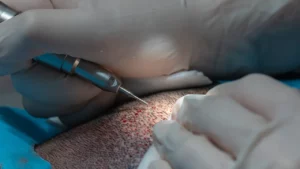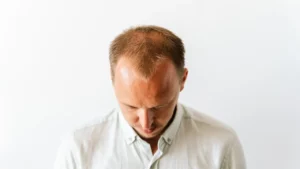Hair transplant efficacy is related to the regeneration of hair in the transplanted area. The efficiency of the treatment is directly proportional to the method used and the skill of the surgeon. At the same time, the patient’s general health condition is an important factor.
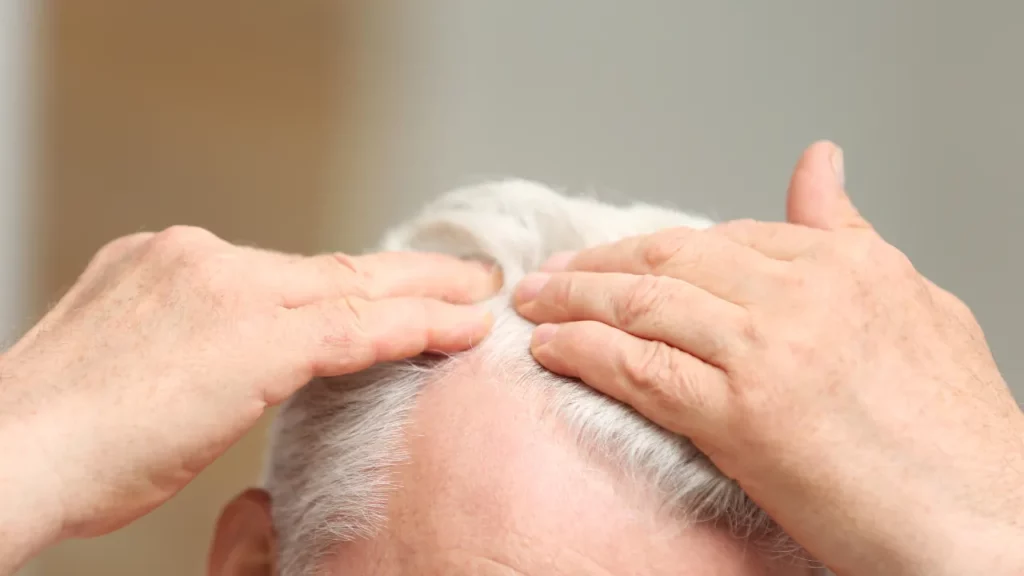
There are different types of hair transplants. Each method has its own advantages and disadvantages. While FUT is an obsolete method, the hair transplant efficacy rate of FUE and DHI methods is over 90% and very close to 95%. Of course, these rates are valid if correct aftercare procedures are followed.
Hair Transplant Techniques and Methods
Three different methods are used in hair transplant. Follicular Unit Transplantation (FUT) is considered outdated. Follicular Unit Extraction (FUE) is the most commonly used method. The third is Direct Hair Implantation (DHI) and it is derived from FUE.
Hair transplant types affect the results of the treatment. In some methods, surgical processes are minimal, but it may take a long time to obtain results. You can contact us to learn the pros and cons of hair transplant methods and make the most appropriate choice.
1. Follicular Unit Transplantation (FUT)
FUT is a method used in hair transplantation. A strip-shaped incision is made in the donor area and healthy hair follicles are removed. The strip is then divided into several parts. These parts are called follicular units. Follicular units are transplanted to areas where hair does not grow.
When the FUT technique is used, a linear scar is created in the donor area. It is a very sensitive method. The person who will perform the treatment must be an expert. Additionally, it considered an outdated method due to developments for the FUE method.
Hair transplant efficacy is measured by the survival rate of transplanted grafts. In the FUT method, the rate is more than 90%. It is considered very effective in obtaining natural-looking hair. However, this rate is valid when maintenance procedures are strictly adhered to.
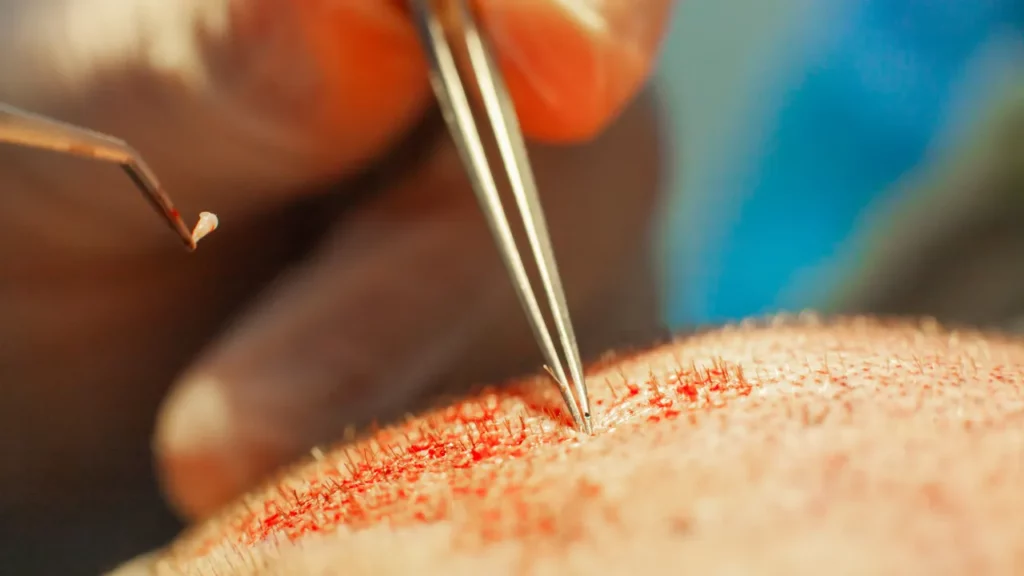
2. Follicular Unit Extraction (FUE)
FUE is a modern hair transplantation technique and is applied differently from the FUT method. Hair follicles are taken one by one from the donor area. For this, micro holes are created on the scalp. Hair follicles are carefully removed and transplanted.
FUE does not leave a strip-shaped scar as in the FUT method. Very minor scars occur and the surgical procedure is minimal. The results are long-lasting like other methods, but it is important to pay attention to maintenance procedures explained by the surgeon.
In terms of FUE, hair transplant efficacy largely depends on the skills of the surgeon. The survival rate for hair grafting is over 90% and close to 95%. It causes less problems than FUT in terms of side effects. Considering hair transplant types, it is the most popular option.
3. Direct Hair Implantation (DHI)
DHI is the most advanced hair transplant method and is very similar to FUE. The different aspect of the treatment is related to the way it is applied. Hair follicles are removed with a pen-like tool and transferred to the transplantation area without wasting any time.
DHI requires very little surgery. Although it is a delicate procedure, it leaves almost no scars behind. It is ideal for natural and aesthetic results. But considering all hair transplant methods, it may be more costly than others and requires more surgeon experience.
Hair transplant efficacy for the DHI method is similar to FUE. The success rate depends on the survival rate of hair grafts. In general, the survival rate is close to 95%. It may take a long time to achieve the desired results in the treatment and extra attention is required.
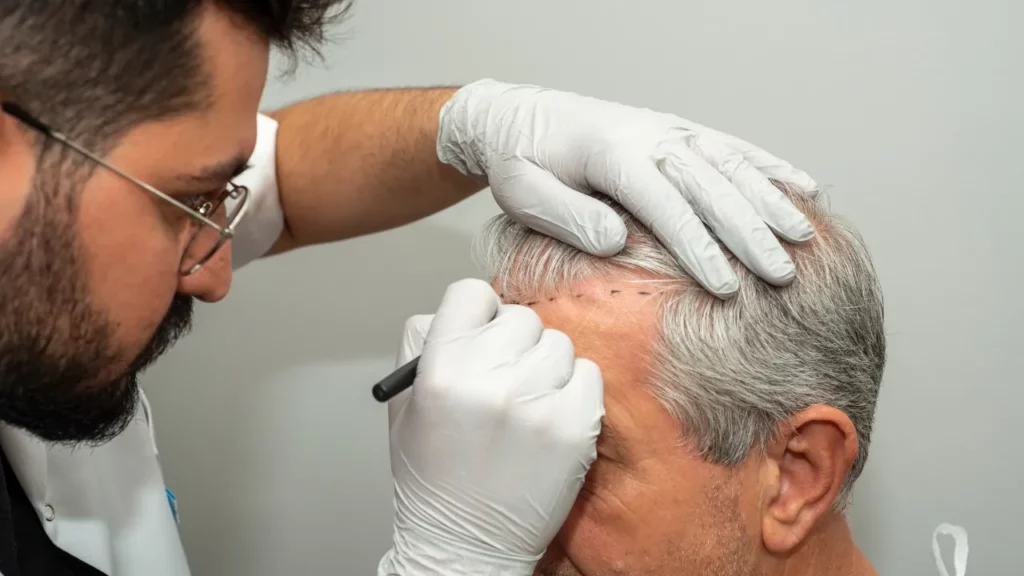
What Is Hair Transplant Efficacy?
Hair transplant efficacy refers to the effectiveness of the hair transplant procedure. It covers processes such as hair growth after the application of the treatment. There are different factors that are taken into consideration for hair transplant efficacy.
Hair transplant options are much more effective than products that claim to grow hair such as medication or cream. There are different types of hair transplants and the success rate of each is different from each other. It is quite common in men more than women.
When considering hair transplant efficacy, it should be known that the treatment does not work for everyone. Hair transplant techniques may not be a solution if hair loss has occurred as a result of any injury. However, when applied, the results of the treatment are long-lasting.
Factors That Affect Hair Transplant Efficacy
There are different factors that affect hair transplant efficacy. It is up to you which factor will have a high level of influence. Because there are many details about you, from your hair type to your health conditions and from your age to your lifestyle.
- Treatment Technique: All hair transplant options have a significant impact on efficacy. Your doctor’s experience and the treatment methods affect the success of the entire procedure. You may want to be selective when choosing a surgeon.
- Hair Condition: Hair transplant efficacy may be affected by the condition of your hair. Everything can be effective, including the fineness, thickness and texture of your hair. Having healthy hair is one of the factors affecting the hair transplant success rate.
- Medical Conditions: Your general health condition may have an impact on the success rate of hair transplant. If you have different health problems and choose a bad lifestyle, hair transplant efficacy will be negatively affected.
- Your Lifestyle: Excessive smoking, alcohol consumption and poor nutrition have a negative impact on hair transplant efficacy. Additionally, if you have a very stressful life, the transplanted hair may have problems growing as expected.
In addition to these factors, scalp issues should be taken into consideration before treatment. After treatment, you should not stay dehydrated and adhere to after-care recommendations to support your hair follicles. Hair transplant efficacy is directly proportional to your efforts.
Tips for Maximizing Hair Transplant Results
If you are concerned about hair transplant efficacy, you can do some research to improve results before treatment. If you want your treatment to yield good results as expected, you should not neglect the recommendations your doctor offers specifically for you.
- Choose Carefully: First of all, you must have chosen the right doctor. There are different types of hair transplant methods. However, each doctor’s level of expertise is different. It is important to do your research thoroughly when choosing a doctor.
- Follow Instructions: Your doctor will provide the necessary information for aftercare. You should not act without any knowledge. Hair transplant success rate largely depends on what is done during treatment, but it is also valuable after treatment.
- Use Right Products: For hair transplant efficacy, you need to choose the right care products. If you want to get results in the specified time, you should stay away from shampoos and creams that contain high levels of chemicals.
- Be Patient: For hair transplant efficacy, you need to be patient for 12 months after treatment. For a certain period of time, your hair will fall out and be replaced. You should not panic if your hair is falling out and stick to your doctor’s recommendations.
You should know that suggestions that will increase hair transplant efficacy are not directly related to hair transplant success rate. Hair transplant success rate is about choosing the right clinic and doctor. If you need support for the treatment, you can contact us.
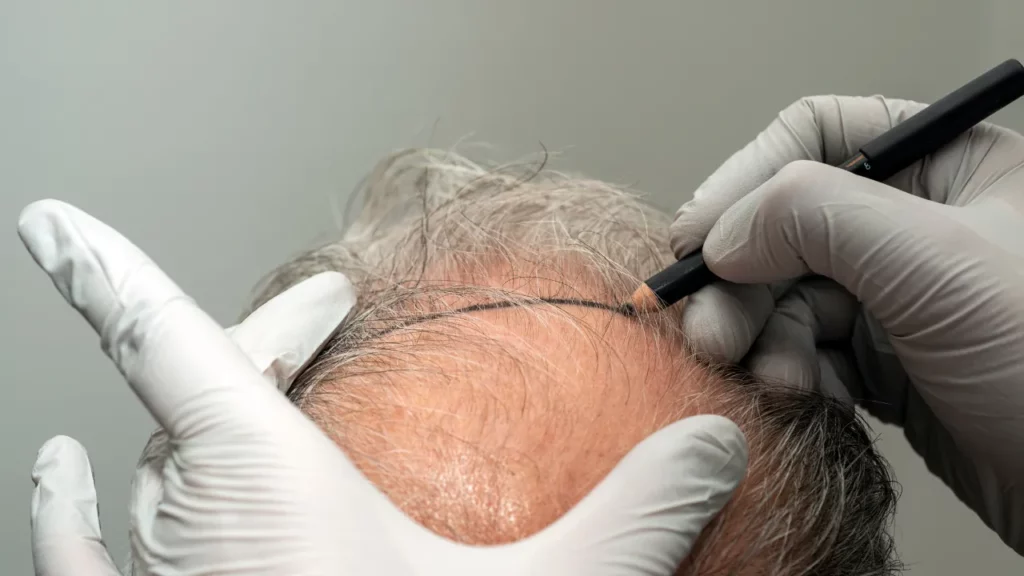
What Is Hair Transplant Success Rate?
Success rate of hair transplant varies depending on many different factors. Your doctor’s experience, your health condition and the hair quality are the most obvious factors. Also, there is a connection between the success rate and hair transplant techniques.
To evaluate the success rate of a hair transplant, it is necessary to know the technique used. Hair transplant options are diverse and it is important to obtain information beforehand. You can contact us to get service from a place with a high success rate of almost 100%.
Success Rate of Different Hair Transplant Techniques
Hair transplant efficacy depends on the success of the treatment. You should ask your doctor about all available options before treatment. You should not approve treatment without clarifying the success rate, features, possible side effects and cost of each technique.
- Success rate of FUE: The success rate of the treatment applied with the FUE method is more than 90%. By advanced techniques, the success rate is brought closer to 99%. However, the success rate for an inexperienced clinic is not more than 70%.
- Success rate of DHI: The success rate of the DHI method is between 90-95%. It is a specially developed technique and ensures that the transplanted hair grafts last longer. However, there is a difference in cost compared to the FUE method.
It is no longer correct to talk about success rates for FUT hair transplant. This method is extremely old. When hair transplant types are mentioned, you should think about FUE and DHI. Also, you should focus on the success rate of these hair transplant techniques.
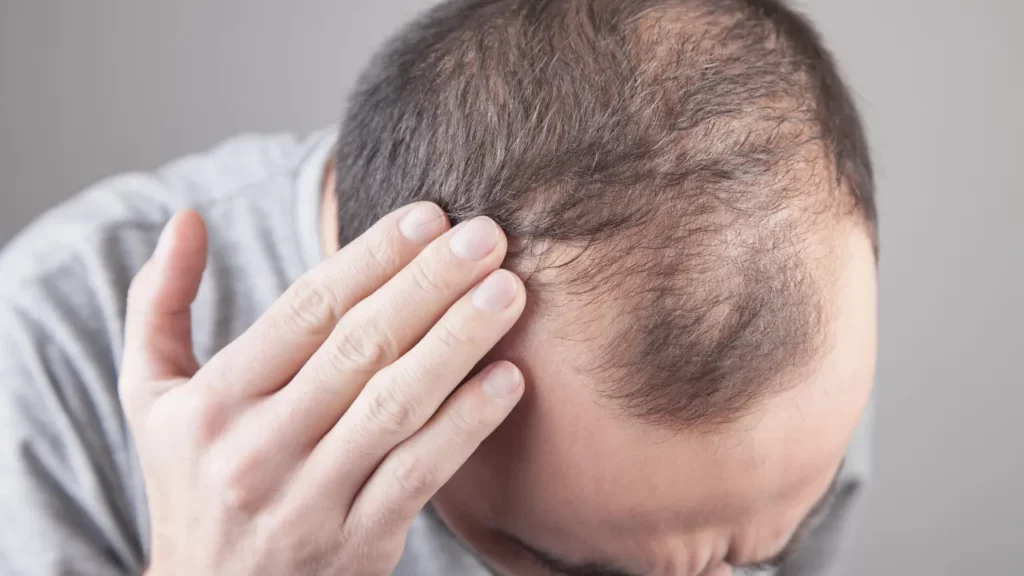
What Are Side Effects of Hair Transplant?
Hair transplantation is a safe and effective procedure when performed by a skilled doctor. Questions such as hair transplant efficacy arise from many patients not seeing the right doctor. Although rare, some side effects may be encountered.
- Bleeding: Bleeding is one of the possible side effects of hair transplant. During the treatment, small incisions are made on the scalp. The doctor will take precautions and it is not a cause for concern, but you should follow your doctor’s instructions.
- Hiccups: It is a very rare side effect, but it is important that you are aware of it. It is experienced due to irritation of the nerves during treatment and is temporary. It does not pose any problems in terms of the hair transplant efficacy.
- Hair Loss: It is a very rare condition and should not be confused with shock loss. People who do not pay attention to their hair health may experience progressive hair loss. When it occurs after hair transplant, it is considered a side effect of the treatment.
- Scarring: It is one of the most likely side effects of hair transplant. When hair follicles are removed from the donor area, some scars are created. Scars may be more visible depending on the hair transplant methods. Scars are smaller in the FUE method.
- Itching: It is considered one of the most common side effects. Regardless of the hair transplant type, it occurs after the treatment. It is a temporary effect, but you should be careful against infection and listen to your doctor’s advice.
- Infections: It is a rare side effect and it occurs in the area where the hair transplant is performed. You should adhere to the doctor’s recommendations after treatment. If you experience any infection, you should notify your doctor as soon as possible.
- Swelling: It is one of the most common side effects. After the hair transplant is completed, there may be swelling in certain parts of your face. It is the body’s response to surgical intervention. It disappears during the general healing process.
- Numbness: It is among the most common side effects and is related to nerve damage. It is a temporary problem but may continue for weeks. From time to time, tingling may be felt on the scalp. You need to be patient after treatment.
- Pain: You may experience manageable pain after hair transplantation. Your doctor may prescribe pain medications to reduce pain. If your pain increases too much, you may consider asking for additional help by consulting your doctor.
Also, you may encounter problems such as postoperative effluvium and folliculitis. There is no connection between side effects of hair transplant and hair transplant efficacy. The condition that determines hair transplant efficacy is the success of the treatment.
